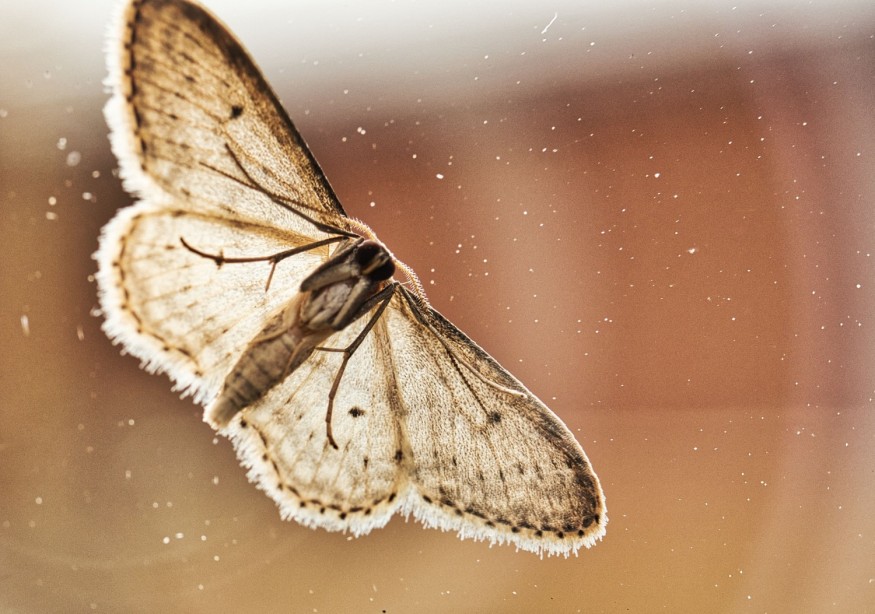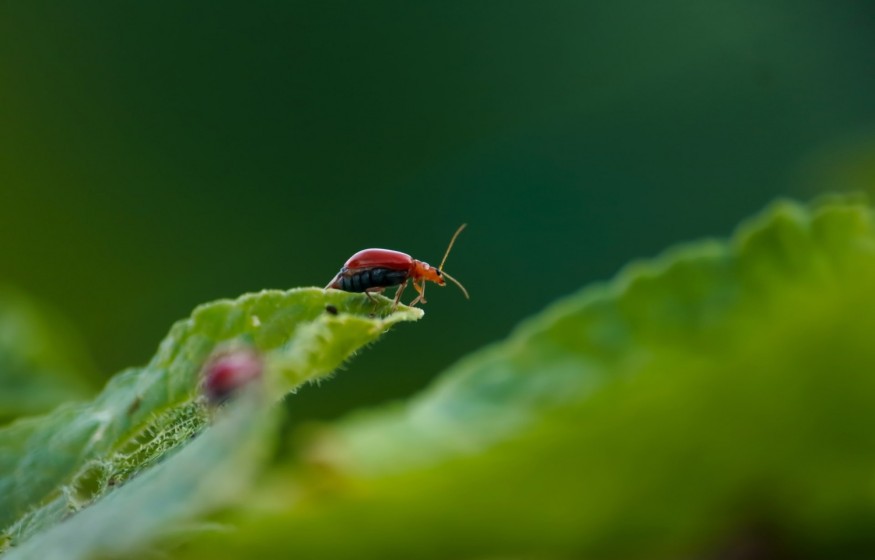Insects are cool (overlooking all legs). They break down by eating the dead and pollinating the plants, so we can grow enough plants to feed the world.
Conservation encourages us to protect wildlife, especially insects that are currently under the barrels of insect apocalypse.
According yo Gizmodo, experts have asked the public to show no mercy and just annihilate species that have been identified as invasive and destructive.
With that in mind, we invite you to take a close look at these suspect species and do what biologists say is your duty to stamp them out. Literally.
Top 6 Insects that needs to terminate immediately
1. Spotted Lanternfly
Acording to Gizmodo, these insects are beautiful, but with the permission of many experts, they can be killed on the spot.
Spotted lanternflies were first discovered in Pennsylvania in 2014 and quickly spread throughout the northeast.
They grow up to three centimeters in length and have speckled blotches with black spots on the forewings and hindwings.
They are not dangerous to you. But they pose big problems for agriculture.
When they eat crops, the bugs excrete a goop that creates a film on crops called honeydew that reduces the yield of the crops.
2. Spongy moth

Sponge moths, which are native to Europe, Asia, and North Africa, are very cute and look like cute bats.
Its eyes almost shout, "Don't crush me." But you have to crush it. Sponge moths do not belong here.
Since its first introduction in Massachusetts in the 18th century, it has spread to the northeastern United States and eastern Canada, costing hundreds of millions of dollars each year in damage and population control efforts, according to Massachussets News.
3. South Pine Beetle

This little animal looks like a sci-fi movie character, and although a bit quirky, it still deserves the smallest guillotine.
The beetle is native to the southeast, but is increasingly found in northeastern states like Maine and New Hampshire, and can potentially destroy an acre of pine forest.
Until 2014, the beetle had not been found in northern New Jersey, but the warm weather was luring it into the forests of the northeast.
This spread is expected to continue due to climate change that will further warm the planet, as per Gizmodo.
Read more: New Study Suggests That Survivors of Extreme Weather Events May Experience Accelerated Aging
4. Brown Marmorated Stink Bug
The brown marmorated stink bug, native to East Asia, is probably unique and looks like a Victorian brooch. But yes, you also have to kill it. Like some of the other insects in the summary, this stinking insect damages fruits, vegetables, and crops, causing significant economic damage in both North America and Europe. As Published by Massachusetts News.
5. Emerald Ash Borer
According to Massachusetts News, the Emerald Ash Borer looks like it's made of gems and magic, but don't overlook the fact that this adorable insect destroyed "tens of millions of ash trees" across the United States.
The beetle originally came from Northeast Asia and was first discovered in Michigan in 2002.
It may be too late for nearby trees by the time they are seen at the stage of brilliant green adults.
The larvae sneak into the bark of the ash tree and destroy the internal network that transports nutrients and water to other parts of the tree.
Infestations have been reported in at least 35 states across the country.
6. Khapra Beetle
This fuzzy, bean-like beetle may be small, but like its invasive siblings, it is dangerous and worthy of the death penalty.
Native to South Asia and discovered in California in the 1950s, the Khapra beetle has been described as one of the most invasive species, and its larvae usually feed on stored agricultural products such as stored grains. Cargo ships are constantly working to intercept the transport of these creatures and prevent them from spreading.
© 2025 NatureWorldNews.com All rights reserved. Do not reproduce without permission.





